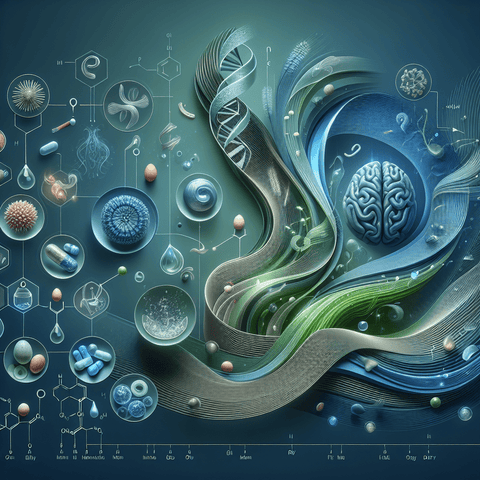Red blood cell production begins in the bone marrow with hematopoietic stem cells, the multipotent cells that give rise to all blood lineages. Through the process of hematopoiesis, these stem cells differentiate into erythroid progenitors and then into erythroblasts, which gradually mature into reticulocytes and finally into fully mature red blood cells. During erythropoiesis, cells shed their nuclei and synthesize hemoglobin, preparing for efficient oxygen transport. This progression—from stem cells to mature cells—creates a steady supply of red blood cells ready to enter circulation and support tissue oxygen delivery. Once in circulation, red blood cells carry oxygen from the lungs to tissues through hemoglobin, a protein that binds oxygen and releases it where needed. The abundance of hemoglobin within erythrocytes enables efficient oxygen loading in the lungs and unloading in regions where oxygen is scarce. The biconcave shape of red blood cells increases surface area for gas exchange and allows flexibility as they squeeze through narrow capillaries. Erythropoietin, a hormone primarily produced by the kidneys, modulates red blood cell production in response to systemic oxygen needs, linking overall oxygen status to the rate of production. Regulation of red blood cell production involves the bone marrow environment, growth factors, and transcriptional programs that coordinate maturation steps. By studying hematopoiesis and erythropoiesis, researchers map how stem cells become committed erythroid cells and how their journey supports vascular oxygen delivery. Disruptions to this tightly regulated process can affect cell counts and function, underscoring the importance of understanding the mechanisms behind red blood cell production and how the body maintains a balanced blood system.





